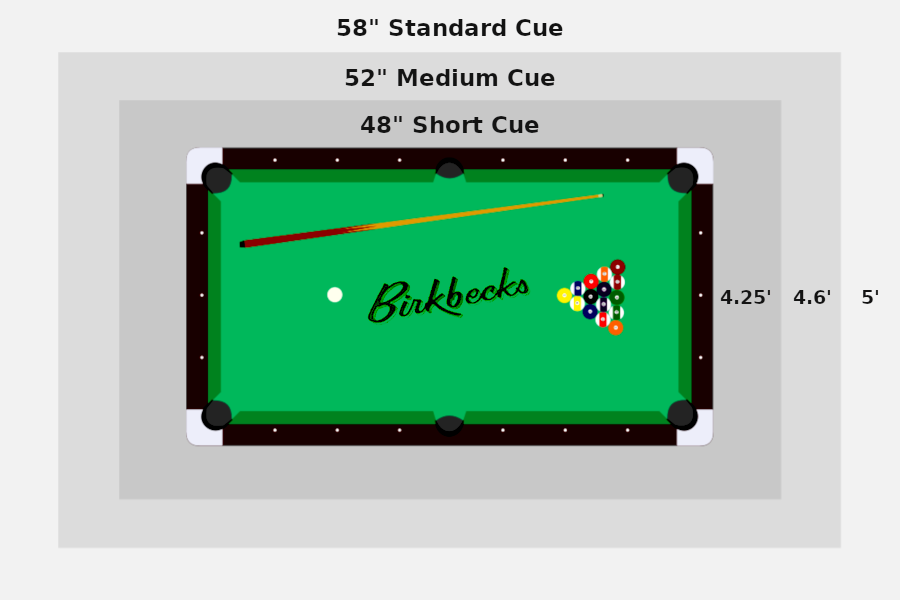Dynamic Memory Allocation in SQLite
페이지 정보
작성자 Valerie 작성일24-11-19 04:42 조회4회 댓글0건관련링크
본문

I described how it handles the priority list yesterday. Then it iterates over the control flow edges to turn them into explicit GOTOs, handles an edgecase, adjusts stack pointer, finds the block tail, & sets the codeblock for each instruction. CPU architecture-specific logic follows, which for i386 includes initializing hashtables for instruction mnemonics, register mnemonics, & lexing. After that initial register allocation & clearing some counts it iterates over the bitmask of allocnos to colour again to select a CPU register from the allocno’s preferred set checking those regs available from it’s class & estimated costs. CPUs store provide some number of internal "registers" in which you can store the values currently being processed, in some architectures data must be loaded into a register before processing it. A lock request can wait, Pool Table Size even when the requested mode is compatible with held locks. Get blocked because ALTER TABLE's Access Exclusive lock request conflicts with the Access Share lock held by Transaction 1's SELECT. A: Transaction 3 waits until Transaction 2 completes, because Transaction 2 came earlier and is waiting.
Transaction 1: A long-running SELECT is still running against mytable. SELECT commands. That long-running transaction could: - block other operations that require strong lock modes, such as ALTER TABLE, TRUNCATE, CLUSTER, REINDEX. XID of a transaction that either: - deleted the tuple (DELETE, UPDATE). Some post-processing iterates over every variable to remove any duplicates & update their references. Insert and update to a row create a new version of the row. Delete to a row does not remove the row version. Writes to the same row block each other. It's advised to keep primary and standby servers at the same minor version. Each transaction uses its own snapshot, commit log (clog), and the xmin and/or xmax in the target tuple header, to determine whether it can see a given row version. We don’t have any code for the collector yet, but we do have functions for allocating and freeing, so we can instrument those now. The row version is a "dead tuple" now. The old row version is a "dead tuple" now. The new row version is only visible to its creating transaction until it commits.
The deleted row version is only invisible to its deleting transaction until it commits. When there are multiple target relations, vacuum starts and commits a transaction for each relation to release locks as soon as possible. We start with the easy ones-strings and native function objects contain no outgoing references so there is nothing to traverse. But we have not yet traced through it to see what other objects it references. Sometimes functions have a fast codepath & a slow codepath. SQL dump and continuous archiving can be performed online. The SQL dump can be loaded into a database of a newer major version. SQL dump can selectively back up and restore individual tables. We can go breadth-first, depth-first, or in some other order. This reduces concurrency. A cache spill also causes extra disk flush or fsync operations to occur and these operations are slow, hence a cache spill can seriously reduce performance. XID assignments are serialized with XidGen LWLock. XID assignment is usually very fast, but it might sometimes experience hiccups. Say we run the GC after the assignment has completed on the second line. That DSL is also conditional not unlike CSS (as I’ve implemented in Rhapsode), allowing you to say "if these tests match assign these outputs".
The VM can reach "string" by looking through the global variable table and finding the entry for global. Thinking about leveling up your entertainment space with a pool table, or billiard table? Don't worry, the pool table room size calculator will give you an overview of the most popular pool games and tables, and tells you how big of a room you need for a pool table. Maybe to give more time for prefetching data, & drop unneeded loads? All transaction IDs greater than or equal to xmax had not yet completed as of the time of the snapshot, and thus are invisible. Other filetypes issue warnings & are skipped. Peter E- How are those defined, could we change them? Responses mainly from Peter G but not others and want to gauge interest. Doable for 16 if we want them. All else being equal, you want to maximize throughput. Between two tables you can do with about the length of a cue, the limit is caused not by the cue, but by the player being able to go into his stance between the tables. Finally, when there are no transactions remaining that can see the dead tuple, vacuum removes it.
댓글목록
등록된 댓글이 없습니다.



